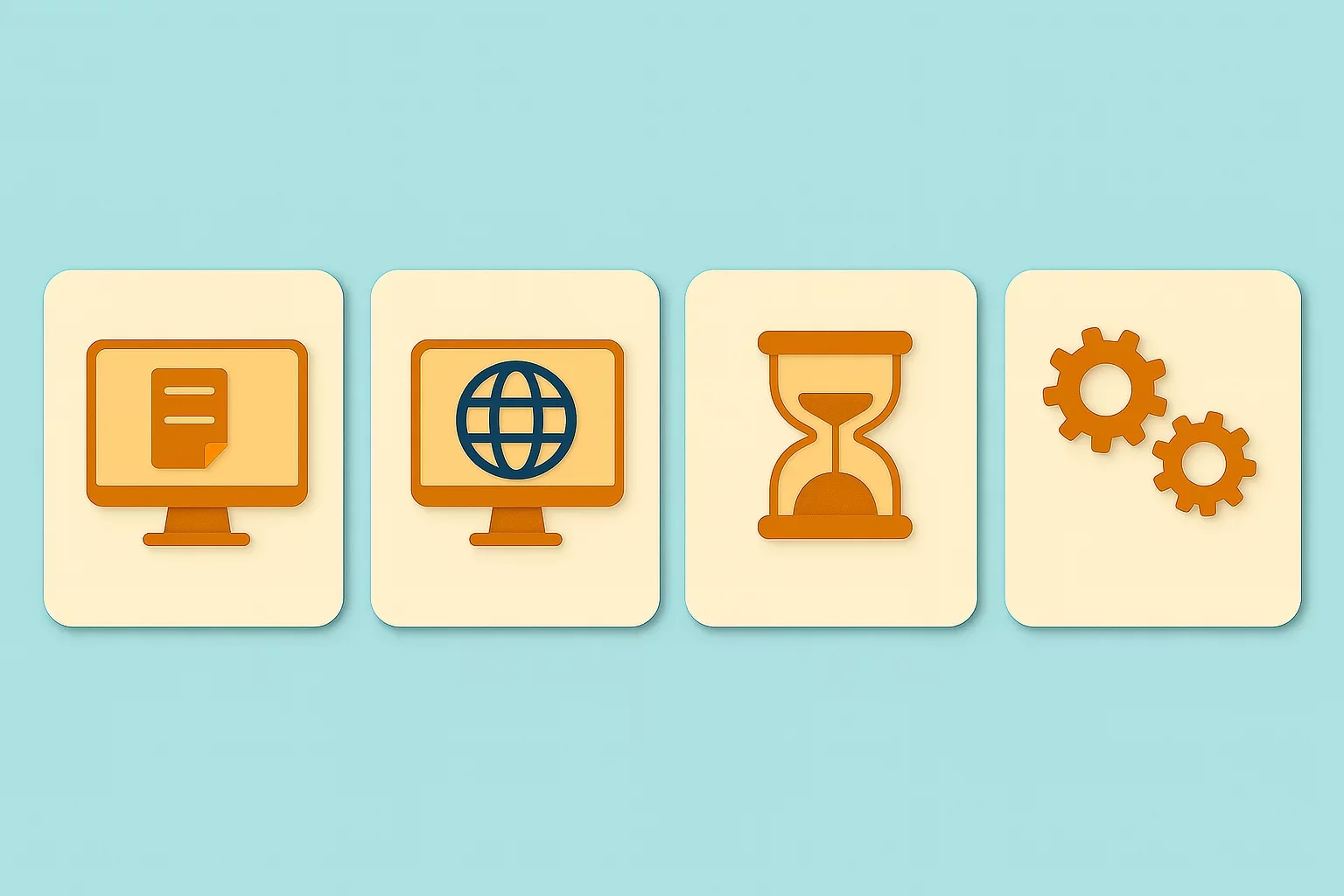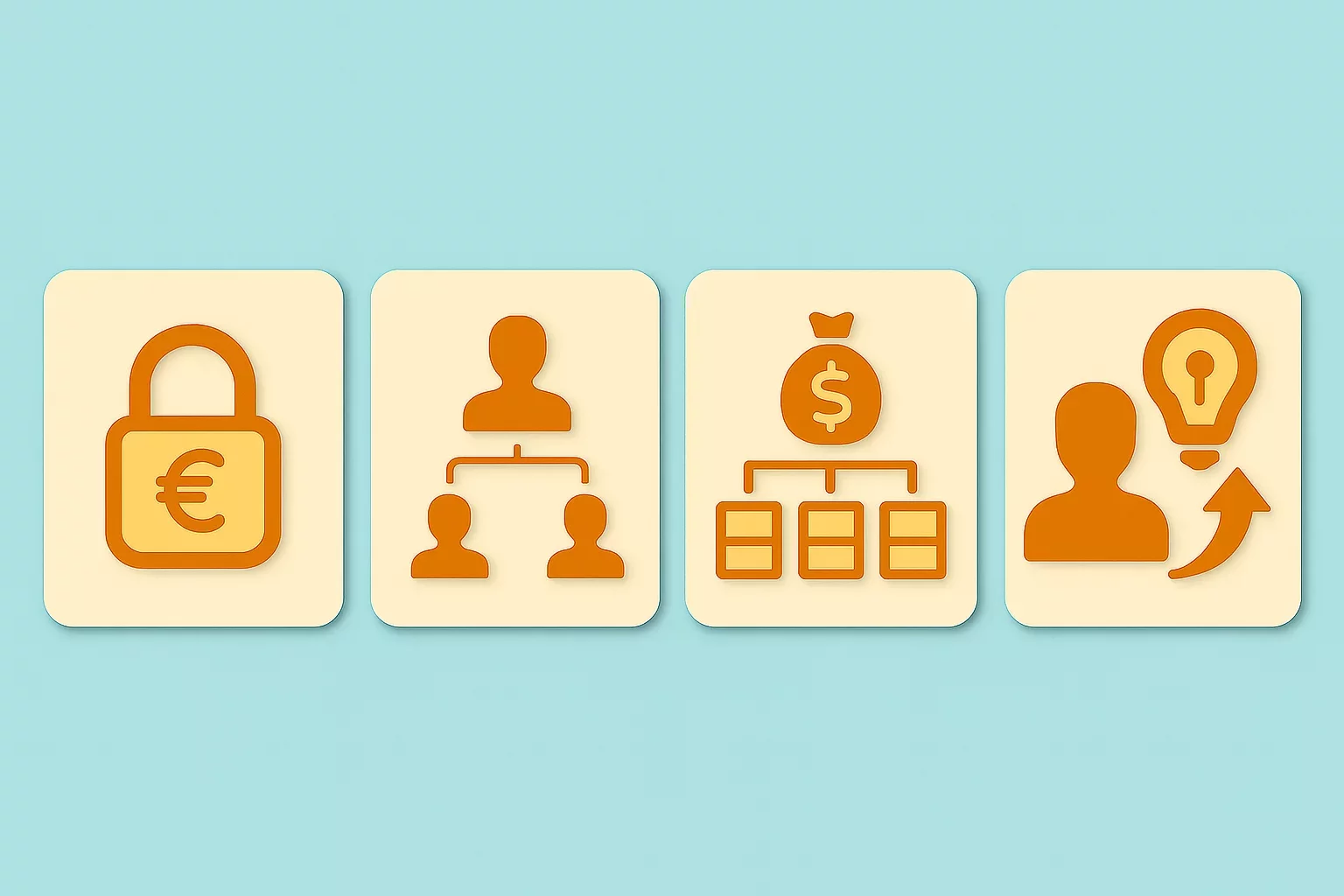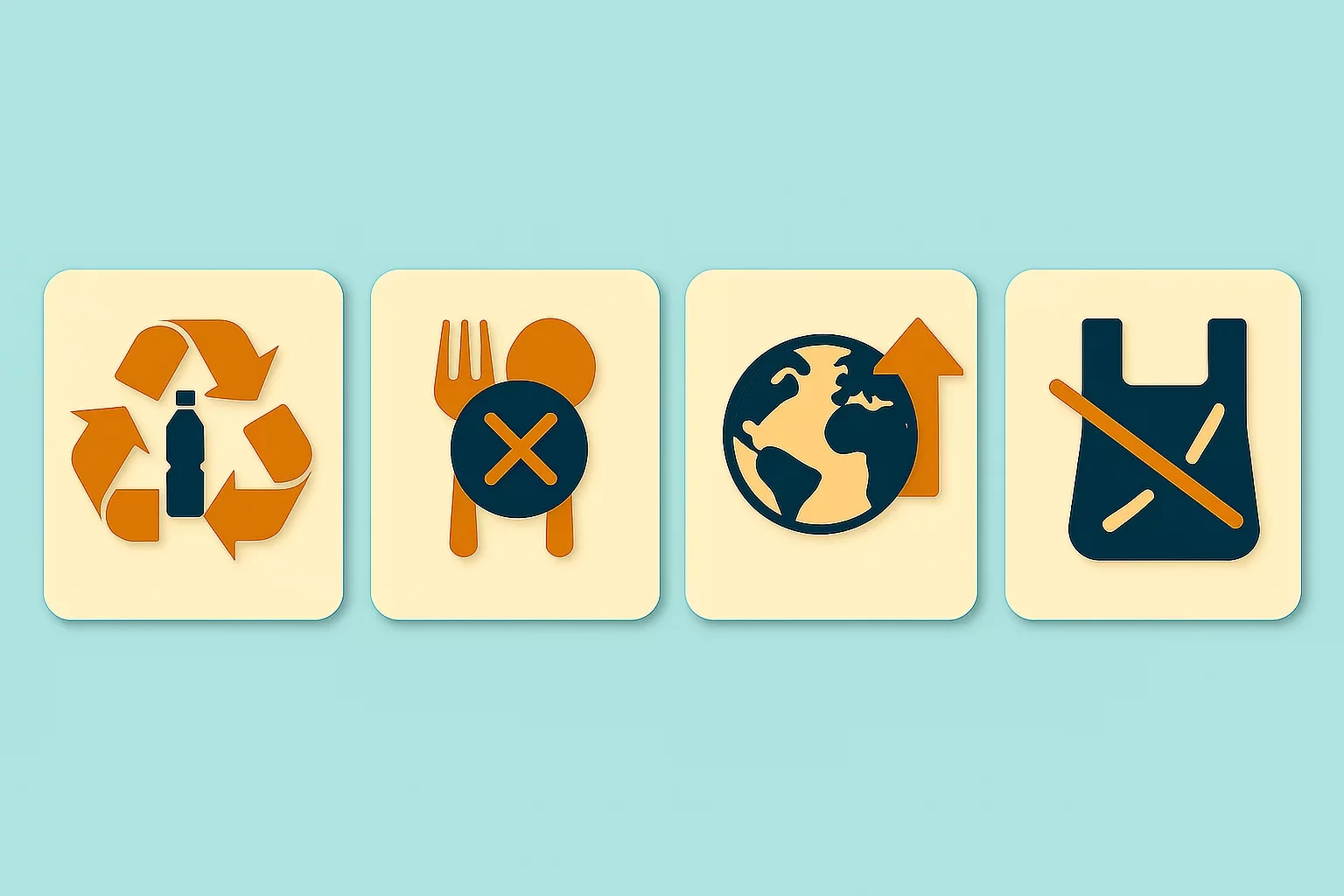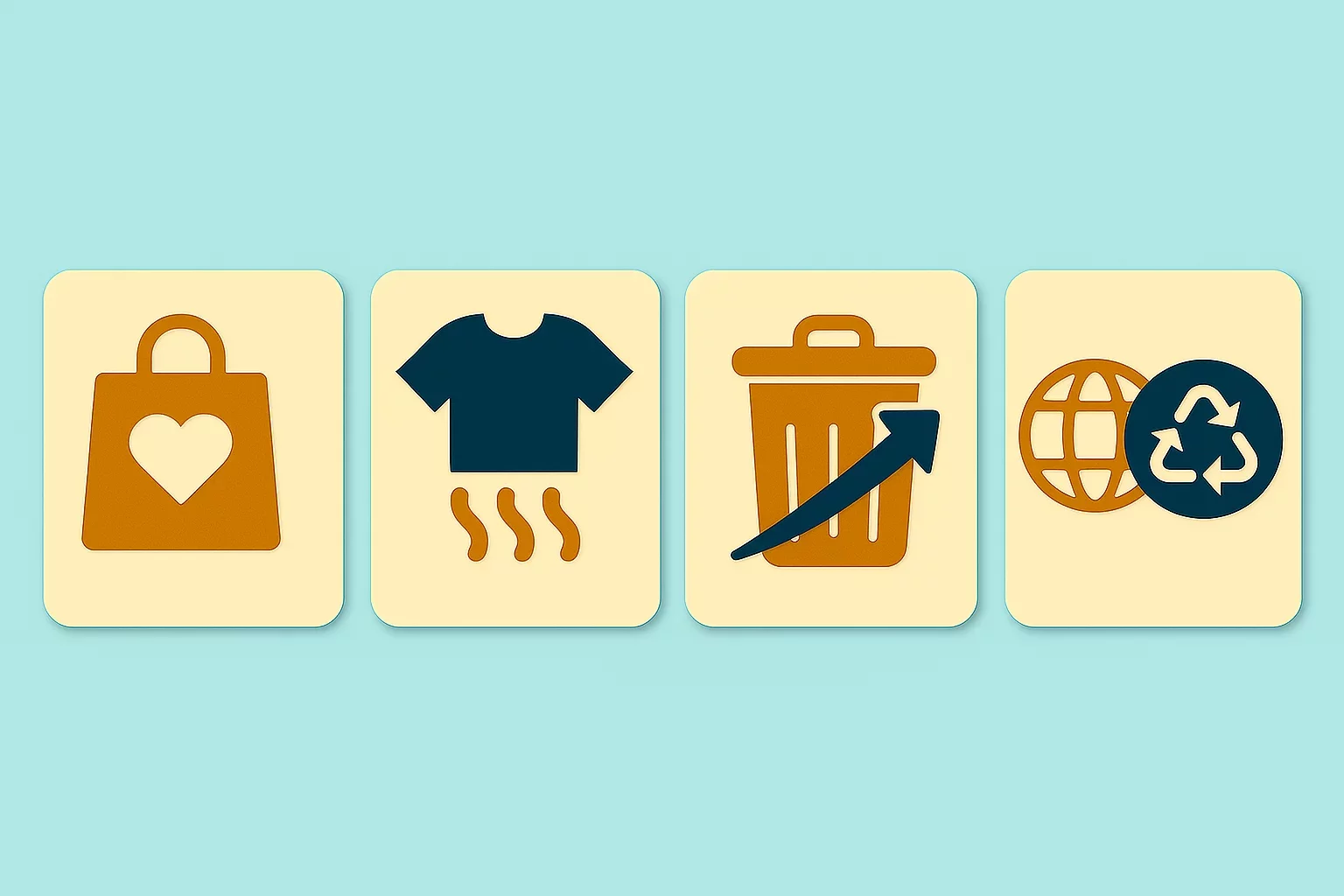France’s 2026 E-Invoicing and E-Reporting Rules Explained
-591j35flz2.webp)
The French Director General of Public Finance (DGPF) published the overview of the national e-invoicing and e-reporting project. The overview includes a historical recap of the introduction of mandatory e-invoicing and e-reporting, the currently applicable rules and regulations, a review of the project's main goals, and an implementation timeline. Since some e-invoicing and e-reporting obligations will take effect on September 1, 2026, taxable persons should begin preparing for the transition to the new systems.
Key E-invoicing and E-reporting Requirements
E-invoicing in France began in 2012, when state service agencies began accepting e-invoices from suppliers. In 2014, this was extended to all public entities, followed by the progressive introduction of mandatory e-invoicing for all companies for B2G transactions between 2017 and 2020. Since January 1, 2020, e-invoicing has become mandatory for all B2G transactions.
As noted by the DGPF, mandatory e-invoicing and e-reporting requirements will be implemented on the same timeline, starting September 1, 2026, when all taxable persons will have to receive e-invoices and e-reports, while only large taxable persons will have to begin issuing them.
The main difference between e-invoices and e-reports is the cases in which they must be issued and received. For B2B transactions between two domestic taxable persons, e-invoices are required. In contrast, for B2B transactions, where one of the taxable persons is not established in France, and for B2C transactions, e-reports must be issued and received.
The DGPF stated that more than 4 million companies will be affected by the e-invoicing and e-reporting requirements, with between 2 and 3 billion invoices issued annually. In addition to simplifying VAT obligations and strengthening companies' competitiveness, it is expected that companies will save between EUR 7 and 10 per invoice, totaling up to EUR 4.5 billion in financial benefits.
Conclusion
The DGPF overview summarizes the key requirements for mandatory e-invoicing and e-reporting, including the required data and their key features. Notably, the DGPF underlined that, in addition to the currently defined core set of 24 data for e-invoicing, they plan to add eight target data in subsequent deployment waves. Therefore, taxable persons should prepare for the upcoming requirements and also monitor for any further developments.

Featured Insights

Angola’s E-Invoicing Mandate: Phased Implementation Continues Into 2026
🕝 December 10, 2025
VAT Deduction and Business Succession: When Do Advisory Costs Serve the Company’s Interest?
🕝 December 8, 2025
Europe’s Plastic Fiscal Shift: Why Italy’s Plastic Tax Now Starts in 2027
🕝 December 3, 2025
The Decline of Low-Value Import Exemptions: Closing Gaps in Cross-Border E-Commerce
🕝 November 20, 2025More News from France
Get real-time updates and developments from around the world, keeping you informed and prepared.
-e9lcpxl5nq.webp)

-lcgcyghaer.webp)
-hdwgtama05.webp)

-tfgg78rbid.webp)
-2w76jtvtuk.webp)
-iyyeiabtaf.webp)
-mp0jakanyb.webp)
-0em3cif5s6.webp)
-0h8ohkx6s0.webp)
-nn6mtfbneq.webp)
-tmnklelfku.webp)




